Persian cat – the most popular cat breed
Persian cat is one of the oldest breeds, which simultaneously has undergone multiple genetic modifications. Many of the modern Persians do not have much in common with their ancient ancestors, yet still impress a beautiful appearance and stable character.
FIFe Classification
- Category I: Exotic and Persian cats
- EMS code: PER
- Full name of the breed: Persian cat
- Other names: Persian, Persian Longhair
- Country of origin: Iran (former Persia)
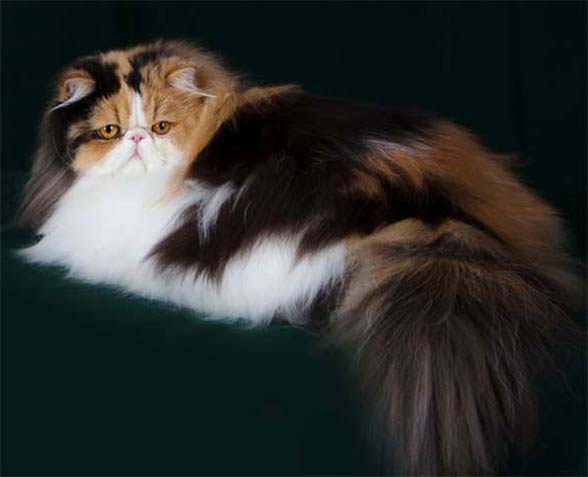
The history of the breed
Persian cat’s first documented ancestors were imported from Persia to Western Europe around 1620. It is unknown when a longhair variety appeared. It is suspected that Persian’s long hair resulted from the genetic mutation. Certainly, Persian cat breed is one of the oldest.
The first known Persian cats’ coloration was silver-grey. Nowadays, thanks to the selective breeding, Persian cats’ coat has various color patterns, including so-called bicolor (combination of white and any other color).
Until the end of the 19th century long-haired cats were imported from Turkey, Afghanistan, Burma, China, Russia and Persia and were called simply Asian cats. Those cats were often interbred (mainly Persians and Turkish Angoras).

Characteristics
Appearance
Persians’ modern appearance resulted from the selective breeding. A standard Persian cat is cobby, has a big round head, short and upturned nose, big cheeks, small round ears, big eyes. Its hair is longer than a Turkish Angora’s, although its paws are shorter. Thanks to its aristocratic appearance and calm personality, Persian cat breed is the most popular in the world.
Persians hair is long and dense as well as shiny and soft. The longest hair grows on its neck, creating in result a characteristic ruff and a frill between the fore limbs. Ears, tail and paws are as well covered in long hair.
Persian cats may have various coloration including black, blue, red, cream, chocolate, lilac, silver, gold, chinchilla. Within coloration there are various patterns such as patched, tabby, shaded, bicolor and pointed (like in the Siamese cats).
Persians’ eye color corresponds to their coat coloration, for example white Persians have dark blue or copper eyes while silver and gold Persians have blue-green or green eyes.
Within the breed, there are two different types of muzzles. The first one is the peke-face Persian characterized by an extremely flat head, which cause breathing difficulties. The second one called the doll-face is said to be the closest to the traditional Persian cats’ appearance. This type does not have such a flat face like in the case of the peke-face type.
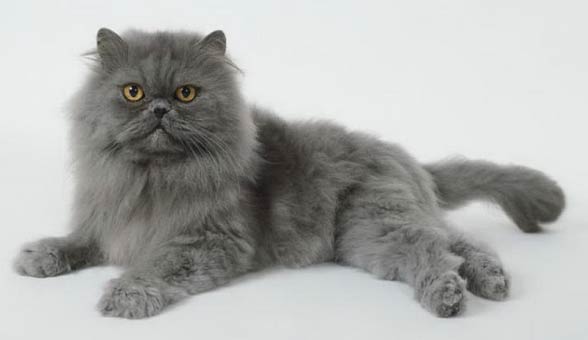
Temperament
Although Persian cat may seem somehow haughty, it is actually quiet and loving. It likes sitting on its owner’s laps. It also likes children as soon as they do not treat it like a toy. However, Persian cat is devoted and affectionate only towards its owner. It does not trust strange people that much and it may treat only few of them like a family.
It is quiet and it likes silent and calm environment. As a result, it feels best around people who are sedate and peaceful and like a routine in their lives. It meows or makes other noises when it is hungry, while playing or when it wants to show its affection towards the owner.
Due to its docile temperament, Persian cat is not a typical troublemaker like other cats tend to be. In result, it will not rather climb the curtains or jump on and off some furniture. If it stays home alone or its owner is not able to take care of it, it will stay still on a bed, a couch or a chair and wait for him or her to spend time with it. It is not intrusive but in fact really patient and tactful.
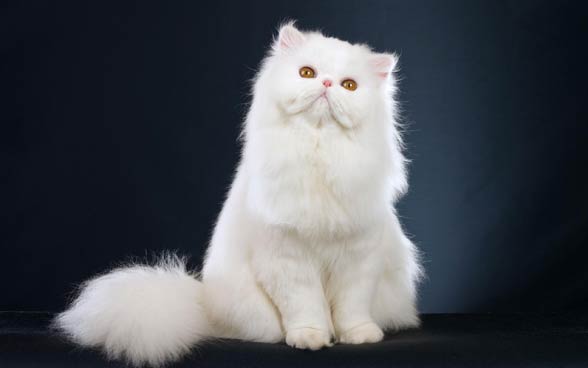
Grooming
When we decide that we want to have a Persian cat, we must take into consideration that it requires an everyday care. Thorough combing is required every day and a bath at last once a month. The cat’s litter box must be carefully cleaned as well, so as the cat’s paws and long hair will not get dirty.
Persians’ eyes may be prone to excessive lachrymation. It is then required that they are cleaned on the regular basis in order to prevent tear staining. It is also crucial that the cat’s teeth are brushed at least once a week, so the teeth diseases can be avoided.

Health
Purebred Persian cats as well as crossbred specimens are prone to various diseases. Their health problems may result from a specific skull structure, however it is not the only one cause. Within the breed following diseases may occur:
- Breathing difficulties resulting from stenotic nares
- Excessive lachrymation
- Eye disorders like inward folding of an eyelid or the cherry eye
- Incorrect bite
- High temperature sensitivity
- Hereditary polycystic kidney disease
- Mycosis
- Skin diseases which causes itch, baldness or idiopathic seborrhea
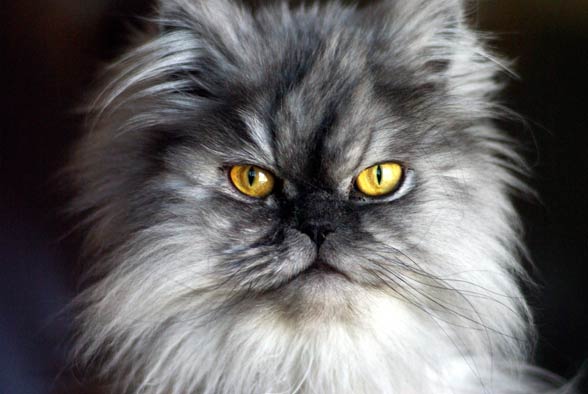
Detailed information / size
Persian cat
- Height at shoulders: 25 to 38 cm (10 to 15 in)
- Weight: males: 3 to 4.5 kg (6.6 to 10 lb), females 3 to 4 kg (6.6 to 8.8 lb)
- Lifespan: 10 to 13 years
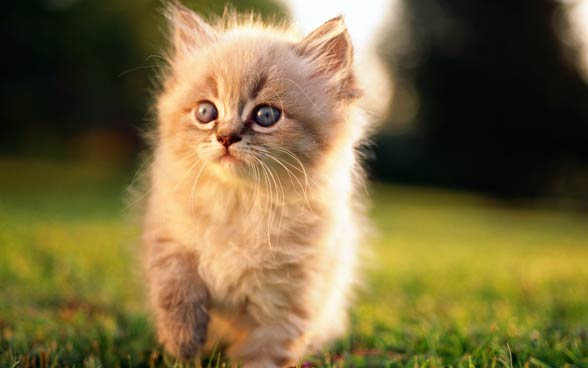
Persian cat – curiosities
- In the Middle East Persian cat is known as Shiraz or Shirazi.
- According to the scientists, modern Persian cats are not related to the cats from the Middle East but to the specimens from Western Europe. They claim as well that the cats from the prehistoric Persia may be their oldest ancestors, however they lost their original Persian roots due to the selective breeding.
- Some breeders aim to produce a “pocket” variety (Toy/Cup Persian) of Persian cat. As this variety does not constitute a separate breed, the breeders establish their own standards when it comes to measurements.
- A peke-faced Persian was called after a flat-faced Pekingese dog.
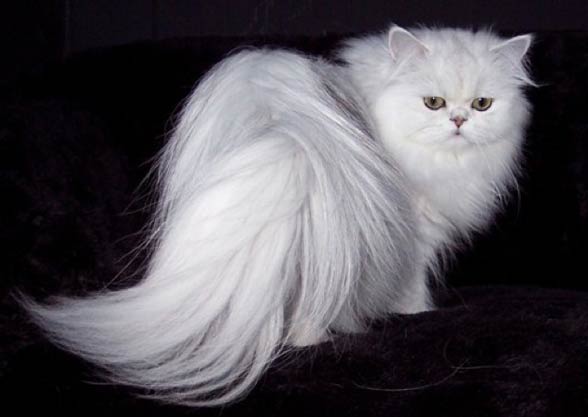

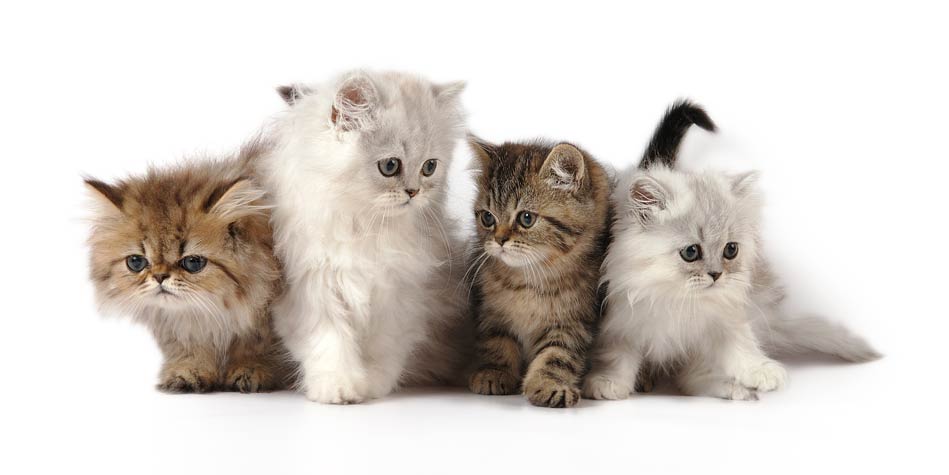
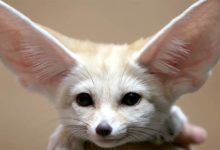


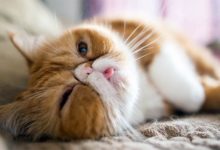

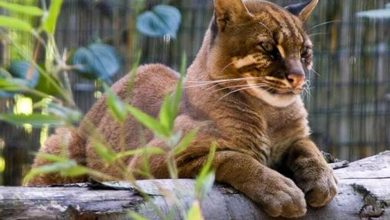
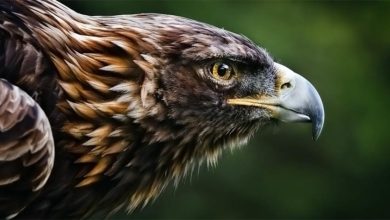



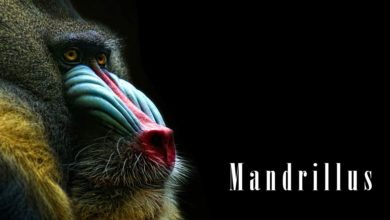



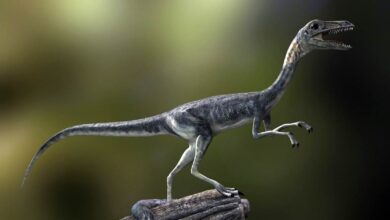
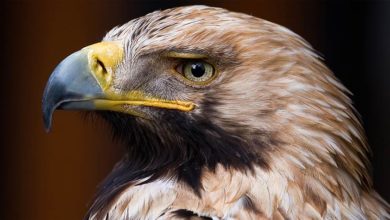
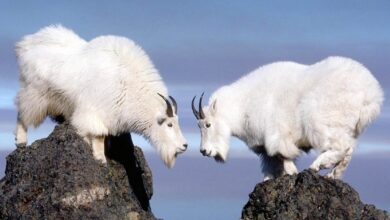
Lovely kittens 🙂